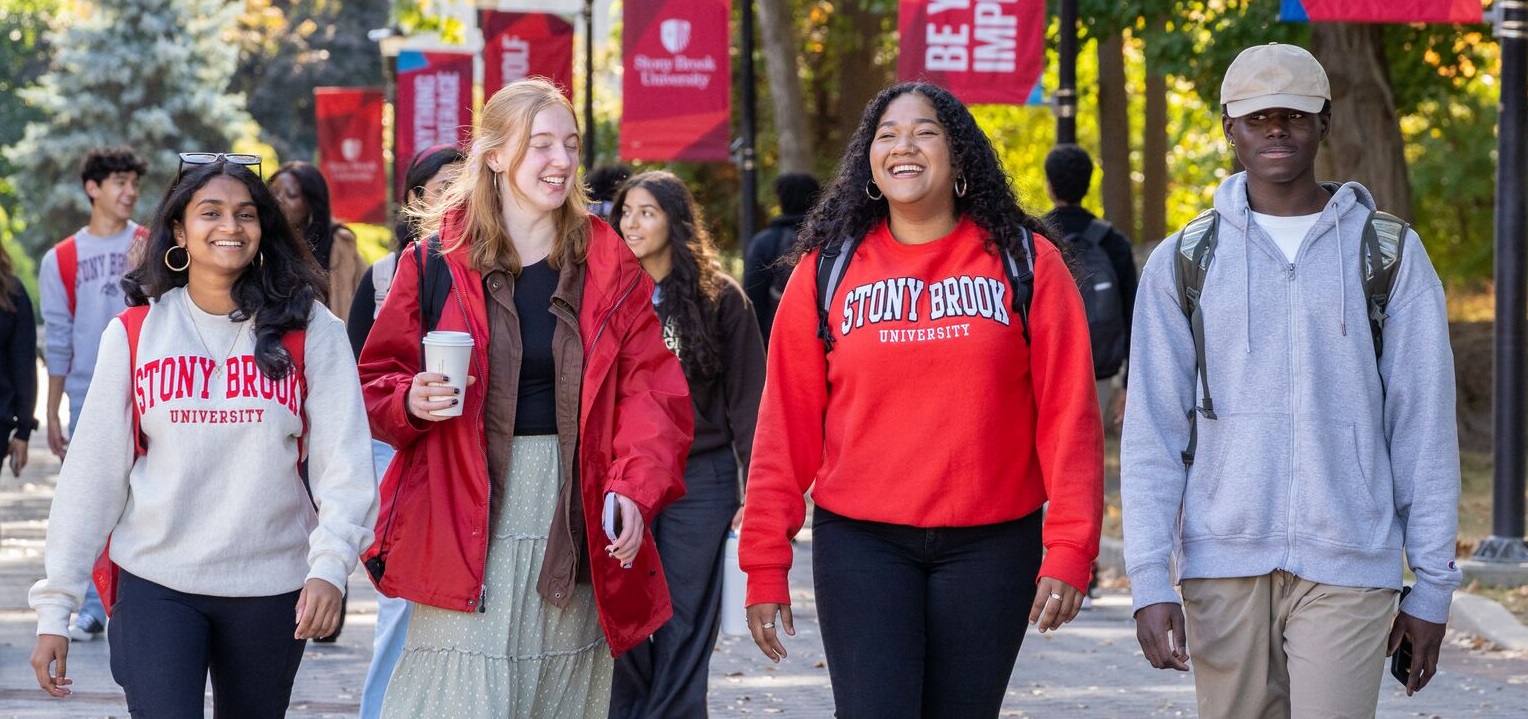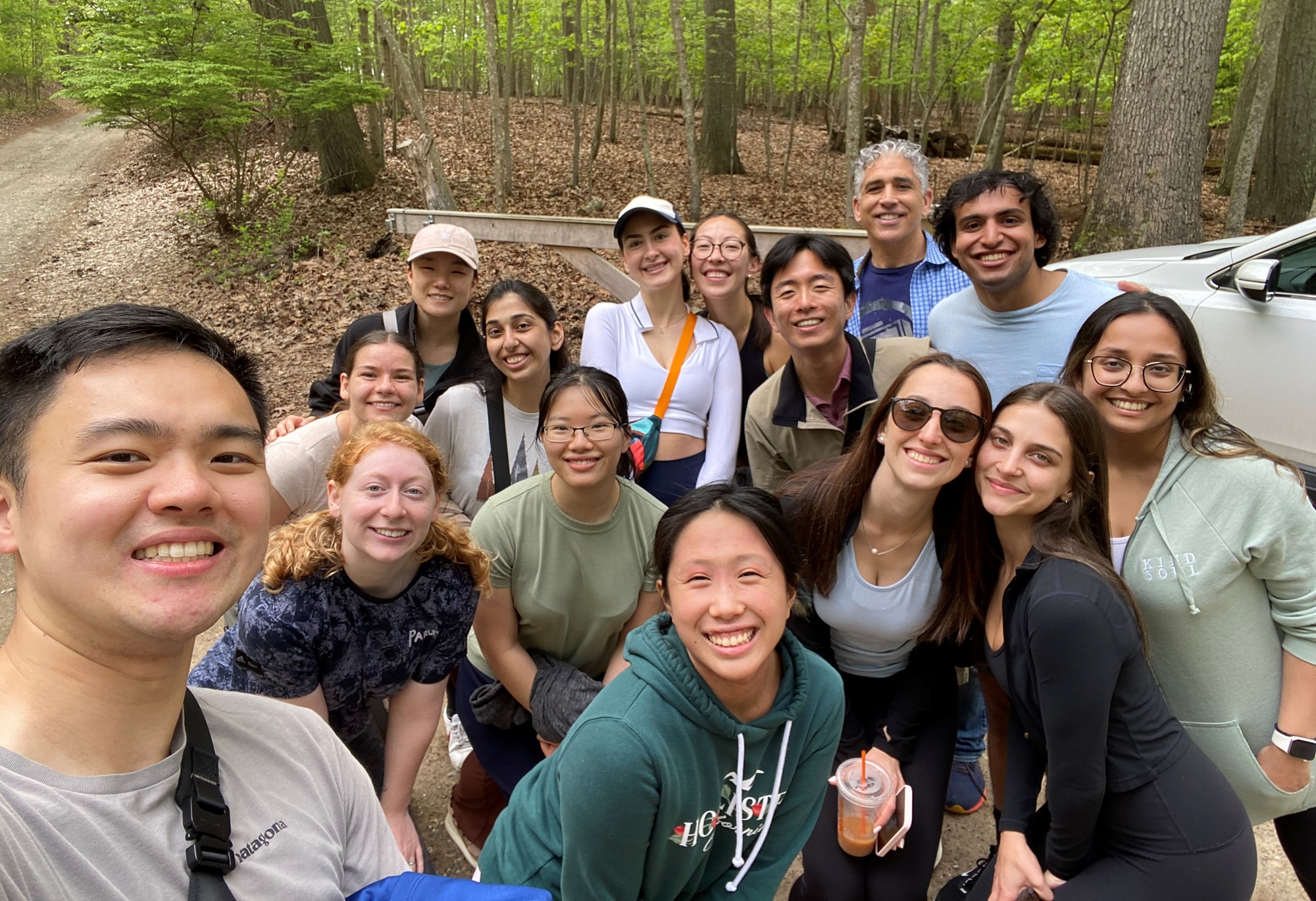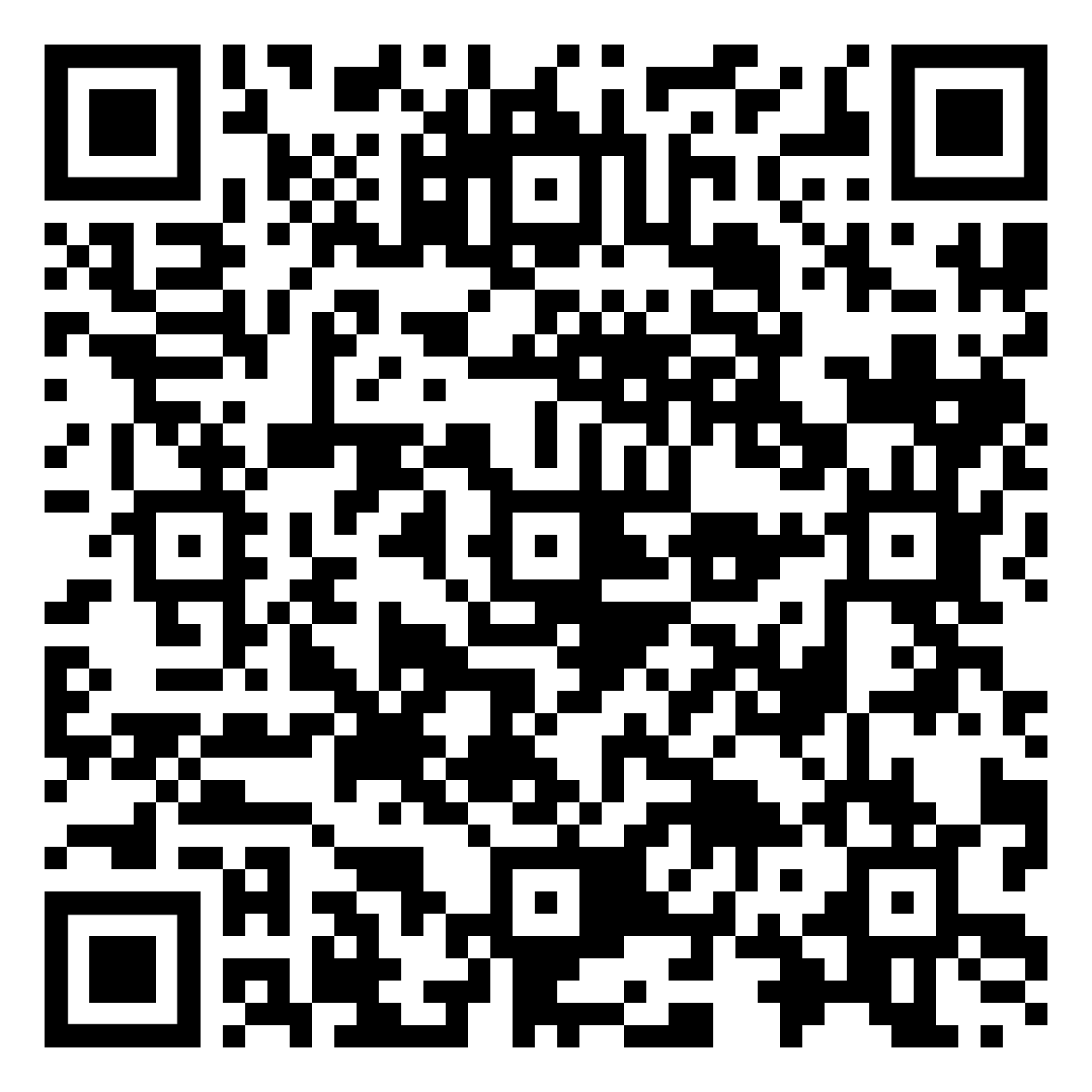 Medical Student Health RequirementsHealth Requirements and ImmunizationsAll entering medical students must meet the following health requirements before matriculation:
Additionally:
Pertinent health information (date of annual physical, TB testing, titers) is included in the CBase record for each student and students will receive email reminders beginning 30 days prior to their expiration. Health updates should be submitted to the Office of Student Affairs, or they can be uploaded directly into CBase. Payment for these immunizations is the student's responsibility. Micro-Particulate RespiratorsBecause of the increasing prevalence of tuberculosis and the appearance of multiple drug resistant strains and the emergence of novel airborne pathogens, some of the hospitals and sites where students train require that students be fitted for a micro-particulate respirator (HEPA). All students must receive respirator certification through Stony Brook Environmental Health and Safety. Health Insurance PolicyAll Stony Brook University students are required to have health insurance coverage. Stony Brook University offers all full-time domestic students a health insurance plan that fulfills this requirement. The plan pays for most medically necessary bills, such as doctor visits, mental health counseling, prescriptions, emergency room visits, lab testing, diagnostic testing, surgery, hospitalization, etc. All full-time RSOM students are automatically billed for the Student Health Insurance Plan (SHIP) at the beginning of each semester. Detailed information about student health insurance can be found on the Student Health Services Website. Click here to access the SBU Student Health Services website. Waivers for this plan and fee are given only if the student has health insurance through a job, a parent, a spouse, another related individual, Medicaid or "Healthy New York." To file a waiver, students must go to the SOLAR system and follow the instructions under "Student Requirements" on the menu. For the waiver process to be complete, documentation of other insurance coverage must be provided to the Office of Student Affairs. Health Services CenterThe Student Health Center at Stony Brook University is the on-campus source for meeting all students’ primary health care needs. The staff of physicians, physician assistants, nurse practitioners, nurses, social workers, health educators, laboratory technologists, and technical and administrative staff are dedicated to the mission of providing students with quality medical care, and the services necessary to optimize preventive health and wellness. For fee services, insurance is billed first, and students are responsible to cover the cost of any co-pay or uninsured services. Complete information on the Student Health Center can be found on the Student Health Services Website. Visit the SBU Student Health Services website. Hazardous Exposure ProceduresContact with patients is an integral part of the medical education at the Renaissance School of Medicine. Contact with patients may entail exposure to hazards, including exposure to patients with contagious diseases that can be transmitted to students and other healthcare providers by way of airborne droplets or needle-puncture wounds involving infected body fluids. Examples of these diseases include tuberculosis, hepatitis B, hepatitis C and HIV. Although the risk of contracting serious illness from these hazards is very small, the medical school seeks to reduce incidents of students' exposure to infectious diseases and environmental hazards. Students are mandated to complete educational trainings on universal precautions for bloodborne pathogens and protection strategies against airborne and droplet pathogens during student orientation sessions for the Transition to Medical School course, which students take prior to beginning their Introduction to Clinical Medicine and the Body courses and the Transition to Clinical Care course, which students take prior to beginning their clinical clerkship rotations. Additionally, an Infection Control PowerPoint presentation is available online and may be accessed by any student at any time. All clinical students receive and are expected to carry in their ID Badge holder the most recent Exposure to Blood-borne Pathogens Card which includes Universal Precautions and what to do in case of exposure to a potential blood-borne pathogen for each of our clinical sites. Additionally, students receive training in proper blood-drawing techniques and patient-isolation policies prior to the intense clinical exposure in Phases II and III. Finally, the school reserves the right to restrict student contact with a patient believed to pose a risk to the health of the student. Bloodborne Pathogens ExposureThe following are instructions in the policy for what students should do should they experience a needlestick or blood-borne pathogen exposure from a splash or sharps during clinical or educational activities. If a student is exposed to the blood of a patient, the following is recommended:
For reimbursement of medical costs associated with blood-borne pathogen exposure, the student should first submit payment claims through their health insurance carrier, regardless of whether they are enrolled in the University’s Student Health Insurance Plan or have private health insurance coverage. The Dean’s Office will reimburse students for out-of-pocket expenses up to the policy deductible. Students requesting reimbursement must follow protocols for exposure incidents and the claims procedure as directed by their insurance carrier before requesting payment/reimbursement. The Office of Student Affairs can provide details on applying for reimbursement/payment. Visiting students are expected to provide proof of OSHA training and/or completion of an Infection Control and Barrier Precautions training. Evidence of such training may be provided in a certificate or via a letter drafted by their home institution stating that the student has completed the training and the date the training occurred. Additionally, visiting students are provided with a document as part of their onboarding materials which provides instructions in case of a blood-borne pathogen exposure. This includes where to go for evaluation should it occur in the hospital or at an outpatient site. Additionally, they are also provided the Exposure to Blood-borne Pathogens Card to place in their ID badge holder. Exposure to Emerging PathogensIn case of notification by reporting agencies of unusual and high-risk pathogens (e.g., bioterrorism or other emerging high-risk infections), medical students must refrain from providing care to infected individuals to minimize risks to themselves. Well-BeingThe Renaissance School of Medicine is committed to training physicians to not only care Counseling and Psychological Services (CAPS)The University Office of Counseling and Psychological Services (CAPS) is located on the second floor of Student Health Services. CAPS offers free and confidential services to all enrolled students at the university, including medical students. CAPS has a satellite office on Level 3 of the HSC and sees students by appointment. Appointments can be made by calling (631) 632-6720. Services include crisis intervention, counseling for individuals, couples, and groups; consultation to student, faculty, staff friends and parents; medication management; and assistance with referrals to community resources. TimelyCareStony Brook University also offers TimelyCare, a telehealth platform that provides 24/7 virtual access to medical and mental health services, right from your mobile device or computer for all Renaissance School of Medicine students. Whether you're under the weather, anxious or overwhelmed, or just need to talk to someone about how to be healthier, you will be able to talk to a licensed provider, either by a voice or video call. Furthermore, if you are in need of a private place to utilize the telehealth services of TimelyCare, we are pleased to offer Zoom Pods. These pods will provide you privacy on demand. They are located on Level 3 of the Health Science Center (HSC). Download the TimelyCare app (iOS or Android) to register with your name and Stony Brook email address. You can then have visits from any web-enabled device — smartphone, laptop or desktop. You can also download the app by scanning the QR code below with your camera.
Your well-being is our top priority, and we are here to support you every step of the way. TimelyCare is available from anywhere in the United States. If you’re abroad, you can use the TalkNow service for 24/7 mental health support by using a US-based phone number or VPN connection. MeSH (Medical Student Happiness, Health and Humanism)MeSH is an organization founded at the Renaissance School of Medicine by students and faculty who came together in order to better the lives of students. MeSH finds ways to alleviate the stress and burdens that often come with medical education and service. Its aim is to promote activities that serve to increase student health and happiness by creating a community within our medical school and providing students with an outlet during stressful times. Club highlights include:
"Group Reflections" — Medical Student Support GroupGroup Reflections is a student-facilitated, weekly support group open to all medical students across all four class years. It offers an informal space to discuss challenges, share experiences and gain advice from peers at different stages of training. Meetings are held every Thursday from 6 until 7 pm, either on Zoom or in-person. (Meeting details are shared via a weekly email.) Students are welcome to drop in at any point during the hour and leave whenever they need. Participation is confidential, including the identity of attendees. For additional information and to be connected to the Medical Student Support Group student chair, email RSOM.StudentAffairs@stonybrookmedicine.edu. Additional Wellness ResourcesWellness Apps
|
 for their patients, but to also care for themselves.
for their patients, but to also care for themselves. 